Perhaps my favorite part of scouting prospects is garnering an understanding of their games at a young age and tracking their development as they progress through the ranks. Sometimes, that results in disappointing stagnation. Often, though, it produces fascinating arcs in which strengths are heightened and areas for improvement are remedied.
For Jalen Green, an exceptional prospect in the 2021 NBA Draft, the latter storyline defines his rise thus far.
When I first scouted Green in high school, I was disenchanted by his misunderstanding of team defense concepts, decision-making, and poor balance, handle, and flexibility as a downhill athlete. The space creation for pull-up 3s and trampoline bounce were there, but were not enough to override the aforementioned concerns. I did not cobble together a preseason board ahead of the 2021 Draft cycle, but Green surely would’ve ranked lower than consensus.
Following a stellar campaign with G League Ignite, averaging 18.7 points, 4.1 rebounds, 3.0 assists (2.7 turnovers) and 1.6 steals on 61.7 percent true shooting (.461/.365/.829 split) in 16 games, Green alleviated many of those worries and proved my analysis too dismissive of his potential. At 19 years old, he was a good G League player and exhibited substantial strides with his flexibility, balance, off-ball defense and passing vision.
The goody bag of pogo stick slams, effortless space creation, and dazzling off-the-dribble jumpers persisted. They were just accompanied by nifty, newfound interior vision, increasingly seamless downhill forays, and fluency as a team defender.
Green has the outline of a tremendous slasher. He primes advantages with footwork, titling defenders into suboptimal positions to clear driving lanes, and pitches moves with body angles to further ease his burden. Throughout the G League season, he sharpened his footwork and simplified his scoring avenues. His acceleration and capacity for maneuvering through small windows means any sliver of space derived from his series of jabs is available for the taking.
In pairing those faculties with a refined approach to driving, he frequently zooms past defenders, both from a standstill or functioning off the ball. Previously, and largely the upshot of inflexibility, he had a proclivity to just bend at the waist on his drives. Not only did he fail to generate power, it jeopardized his center of gravity and left him prone to Bambi-esque creation attempts or being stonewalled as he burrowed his head into a defender.
This past year, he revolutionized his technique. His shin angle is more conducive to amassing momentum toward the rim and he actually crouches with his lower body rather than hinging at the midsection. He’s a practitioner of the off-arm discard, swiping away handsy defenders or preventing them from sliding in front to counter driving angles.
Adept on and off the ball, he diversely manufactures paint touches and rim pressure. As a lead creator, his athletic advancement and added craft exponentiate the efficacy of his burst. As an auxiliary talent, he excels at claiming advantages on the move.
Even if he collects himself to scan the defense, his footwork is elite in regaining any forfeited separation. The dude eats up space in a hurry and defenders must react to any twitchy movement. He parlays that threat into his own gain, toying with opponents as they fall for his dextrous bait.
Upon arrival in the paint, he touts the body control, deceleration and contortion to improvise against impending help. He wrapped up his G League season shooting 73.8 percent at the rim with a 27.2 percent frequency, a rate that should and could increase to maximize his scoring profile (more on the path to doing so later). The footwork, off-arm guile, enhanced driving style and baseline explosiveness are the prequel to his body control and contortion near the cup.
Green’s knack for getting two feet into the paint, typically a barometer or synopsis of consistently fruitful possessions, is critical in his projection as the centerpiece of a high-level offense. He can collapse defenses in varying ways, and there are an array of avenues to conduct plays through him and feel confident about the end result.
This year’s playoffs (and almost every year) reinforced the necessity for versatility on both ends to handle any matchup and he meets that criteria offensively as a future initiator. It’s not solely as a slasher where he effectively commandeers offense. He’s a very good off-ball scorer, comfortable and lethal flowing off of Floppy actions, Iverson cuts, Flare screens, side pick-and-rolls, Zipper cuts, handoffs and other sets that open with someone else controlling the ball while sending Green on the move.
Eventually, with the proper development, Green can be a tenable primary ball-handler. In the meantime, clarifying decisions by leveraging his athletic tools and bubbling creation savvy for undemanding reads is prudent. Early on, an offensive organizer, someone who can help execute and facilitate possessions without actually shifting the defense routinely — a Tomas Satoransky/George Hill archetype — would drastically aid the 19-year-old. A more developed version might be Lonzo Ball or Tyrese Haliburton, excellent passers who aren’t dribble-drive connoisseurs yet thrive by acting as the vehicle of an action or capitalizing in the latter, less complex stages of a play.
As he reaches his prime, Green can likely backpack the primary scoring and creation load in a traditional manner. But there might be some diminishing returns because he’s rather superb with his off-ball usage, including as a cutter, and the absence of a caretaker alongside him would bar that from shining to its fullest.
Regardless, landing someone like him answers a paramount question of team-building, even if the gaudy usage rate should feature notable off-ball deployment, and warrants a table-setter to discern the options presented on a given play.
His footwork, jitterbug suddenness, and advantage creation extend beyond downhill juice. Send him through screens, into motion that establish a slight edge, or to a place where help defense is a bit harder to frequent. In tandem with his driving and finishing exceptionalism, he’ll routinely locate the spots he wants and compromise the opposition as a shooter.
Factoring in the G League’s professional context and his age, Green’s shooting resume is quite impressive. He drilled 35.8 percent (34 of 95) of his threes and 55 percent (71 of 129) of his twos. He graded out in the 82nd percentile on spot-ups (58 possessions, 1.121 points per possession) and 56th percentile off the dribble (61 possessions, 0.869 PPP). As a reference, Cade Cunningham is rightfully billed as a tremendous pull-up prospect and he yielded 0.865 PPP, ranking in the 65th percentile.
Fifty-five percent on twos is pretty ridiculous for the 6’5”, 19-year-old Green. Alongside the gamut of shooting equity established, it underscores the possibility for him to surface as one of the NBA’s most lethal and diverse scorers.
He’s hinted at some off-movement potential — perhaps eventually able to launch off-balance looks from funky angles at full speed — smartly lifts and shakes around the arc for spot-up volume. He continues to be a masterful space creator for step-backs and pull-ups, given his age.
On the ball, constructing space for him is critical. He’ll dazzle with rarified buckets, and possesses sage patience and cadence as an initiator. Off the ball, he’ll fashion opportunities within his wide-ranging scoring domain. He typically dips the ball below his waist before shooting and his release is somewhat elongated, so the space creation is largely a necessity. Those are tendencies to monitor moving forward and could pose some initial setbacks if he’s not as successful at finding unabated room to fire. While not a death knell, it might be the difference between a high-end and optimal outcome.
Although his handle isn’t an asset as an attacker (more on this later), it enables his space creation as a shooter, where he distances himself working backward via hang dribbles, snatch-back crossovers and between-the-legs step-backs. His balance on these long-jump-style moves helps ensure they’re more substance than flair and are another reason he’s the best scoring prospect in this class.
Do not be duped by the middling assist numbers. Green’s passing utility substantially broadened this past year. Assists may be the most popular public-facing passing statistic, but they are not a good proxy for gauging ability — they’re subjective and heavily contingent on the actions of teammates. Green, anyhow, has emerged as a viable interior facilitator, lasering feeds from the perimeter or serving laydown reads on drives.
Similar to the scoring, he can operate off of screens, where he slithers downhill to draw help or transitions into pick-and-rolls with the defense already a step behind. Traditional spread pick-and-rolls are viable as well. Scalability remains a prominent component of his offense.
Occasionally, he’s unable to complete options he sees, whether it’s identifying openings a beat late or sloppily executing a pass, nor has he shown exterior-heavy vision or live-dribble functionality to this point. Expecting live-dribble playmaking to enter his lexicon is a bridge too far. However, his scoring gravity should provide him hefty usage and plenty of reps and tape to incorporate more reads into his game.
Guys like Devin Booker, Damian Lillard and Kyrie Irving are contemporary blueprints for scoring chops being a prelude to passing development because of the volume of touches the bucket-getting earns them. There’s a good chance Green follows suit. Whichever team drafts him will invest heavily and opportunities will be aplenty. Guaranteeing such a happening is unwise, yet advocating for it is logical when assessing his ceiling.
Passing is certainly not the most daunting inhibitor standing between him and elite initiator status. Though beneficial in backward momentum space creation, his handle is restrictive in most other settings. Defenders who crowd him can force turnovers by disrupting his high handle or knocking him off balance due to poor core strength. As a driver, rarely does he forge advantages with dribble sequences.
He struggles to sell moves because he can’t really extend the ball away from his body. If, for instance, he was trying to use a crossover to open a lane to the hoop, he would encounter difficulty feinting to one side and snapping the ball away from his momentum before exploding once the defender bites on his fake.
Aggressive, timely stunts impede his slashes. Navigating through traffic while keeping his dribble alive is challenging. Most of his poor results on drives stem from this wart, which is why his rim frequency is lower than expected, based on his athletic tools.
He is not adroit at synchronizing his body and handling movements, and that breeds a robotic nature when he blitzes to the paint. Sometimes, his explosive ground coverage compensates, but that will only become a riskier proposition in the NBA. Rectifying this broad yet nuanced shortcoming is priority No. 1 on the developmental to-do list for his future employer.
From my vantage point, it’s the aspect that most differentiates him from rivaling Cunningham and Evan Mobley in this Draft and harkens back to the value of a caretaker in an offense catering to his skills. Shoehorning him into a massive on-ball role isn’t his optimal path. Let him thrive as an off-ball dynamo and afford him on-ball reps in spurts. Assemble a team around him that allows him to toggle between gigs and covers for some of his current handling deficiencies.
Tightening up the handle is imperative. If there was one determining factor that becomes the reason he’s never worthy of the true primary initiator label, it’s likely the handle limitations. Given the scoring profile laid out, assuming positive development, he’s going to face many imposing perimeter defenders who get into his airspace and bother his handle. Containing him will be among the paramount objectives for opponents.
Similarly, off the ball, teams will be physical with him. They’ll top-lock him and direct him away from the waves of screens set for him that he so skillfully flows around. There will be a buffer period in adapting to NBA physicality that slows his early transition; how he adjusts from there could play prominently into his development curve.
Gaining strength, which will better prepare him to deal with that physicality, and evolving his handle are vital. Such strides, if achieved, will considerably amplify the impact of his explosion, footwork and body control, because they’ll coalesce to make him a truly brilliant dribble-drive scorer.
Defensively, Green is best as an off-ball cog flanked by a couple of good on-ball stoppers. Although inconsistent, he’s fairly sound at meeting standard team defense requirements, like tagging rollers, stunting on drives and bumping cutters. He’s alert in passing lanes, tracking a ball-handler’s vision, and even anticipating decisions periodically, to ignite takeaways.
Precise positioning on those sorts of rotations and duties need addressing, as he sometimes goes through the motions and is burned when offenses recognize that. Recovering back to an assignment after an atypical coverage/rotation is unreliable. Multiple complex decisions can overwhelm him. There’s also contact aversion on the interior present in his rotations, trying to alter shots or passes solely with his arms rather than his entire body via technical positioning.
Overhelping on the strong-side may occur. His off-ball recognition and understanding are dramatically more impactful nowadays than they were in high school. It seems as though he knows how to carry out his responsibilities, but the specific timing and execution are still in transit. In essence, he could watch a clip and explain what a defender in his spot should do. The gap exists in putting that to practice every time and performing it to a T.
Fighting through screens and stymying on-ball creation, the former of which influences the latter, are weak points. He’s a much more functionally flexible athlete on offense now than he was a year and a half ago, yet it’s not translated a ton defensively. Screens are his nemesis.
On the ball, he’s too upright, stiff, and slow laterally. Concise changes of directions burn him. He opens up his hips too easily and will play too high on one side of an offensive player’s body. He tends to surrender preferred driving angles or concedes advantages because of his detrimental core strength. Improved flexibility in his hips, glutes and hamstrings should be targeted. Sustained growth in that regard is reasonable after his leap between the 2019-20 and 2020-21 seasons.
He’s displayed some competency Icing screens, though he must take action to more effectively maneuver picks. Switch-heavy schemes are not conducive to his defensive success. The goal should be to maximize his time off the ball and avoid being isolated, leading to outcomes like these.
Green is the third of three franchise-changing players in this Draft. His season in the G League, a league full of professionals, should not be discounted. Quickly shrinking many of the holes in his game — passing, team defense and flexibility — is encouraging and noteworthy for further development.
He’s going to be a fantastic scorer, which might (or should?) accelerate his passing maturation. There’s a foundation of serviceable off-ball defense for NBA tutelage to expand. A good physiotherapy staff could be low-hanging fruit to assuage his on-ball defense concerns.
The handle and strength must improve. The former negatively affects his scoring outcomes and places a greater onus on team-building to acquire more on-ball talent. The latter also negatively affects his scoring outcomes and hinders him defensively.
With Green in the fold, constructing a winning roster is much easier. But the archetypes and schemes to augment him are more strenuous than his rivals at the top of the class. On-ball stoppers, a resourceful defensive anchor, a shrewd, secondary handler to let him work off the ball and a creative offensive scheme to leverage his off-ball artistry are all feasible. It just feels a bit tougher to land all of that, compared to what Cunningham or Mobley ideally need.
That’s much less of a knock on Green and primarily a testament to the quality of those guys. He is a marvelous prospect who will please whoever selects him later this week. Proper rebuilds are paralleled by a confident vision of play-style and archetypes fueling on-court success. Green helps thoroughly crystallize those things for a front office. That is the mark of an elite draftee, a title of which he is entirely deserving.
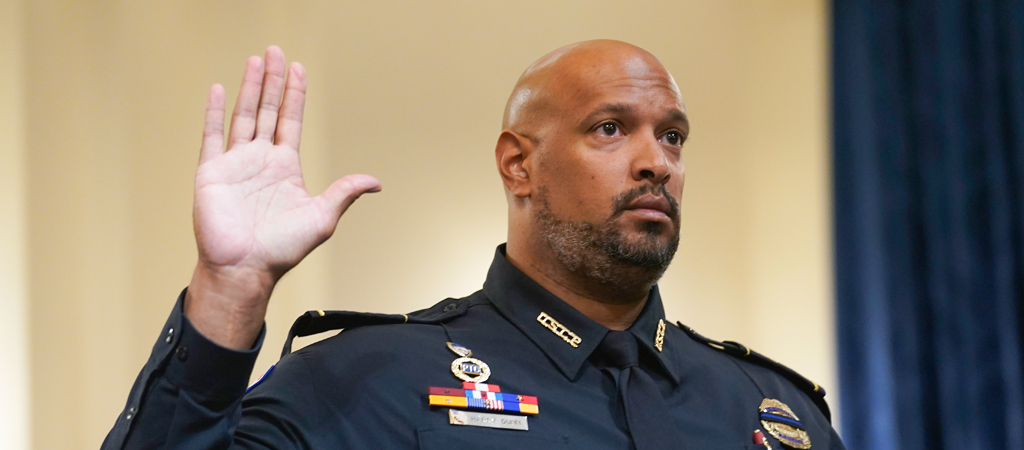

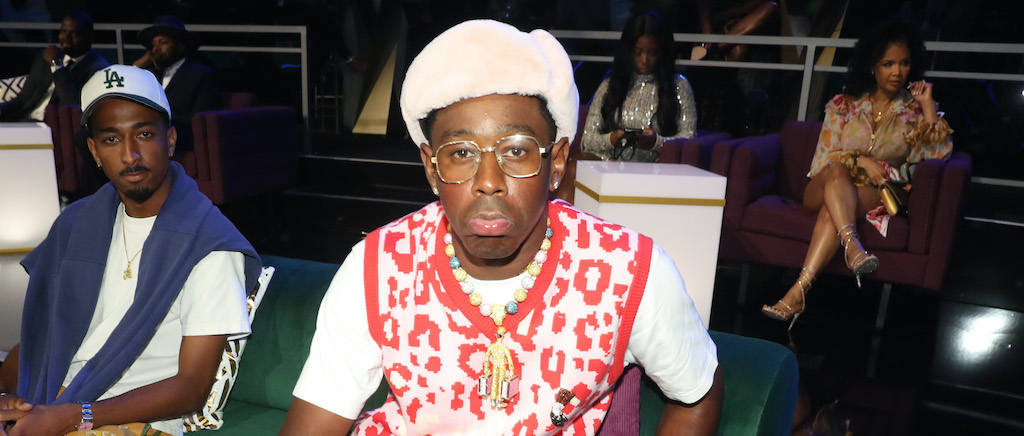
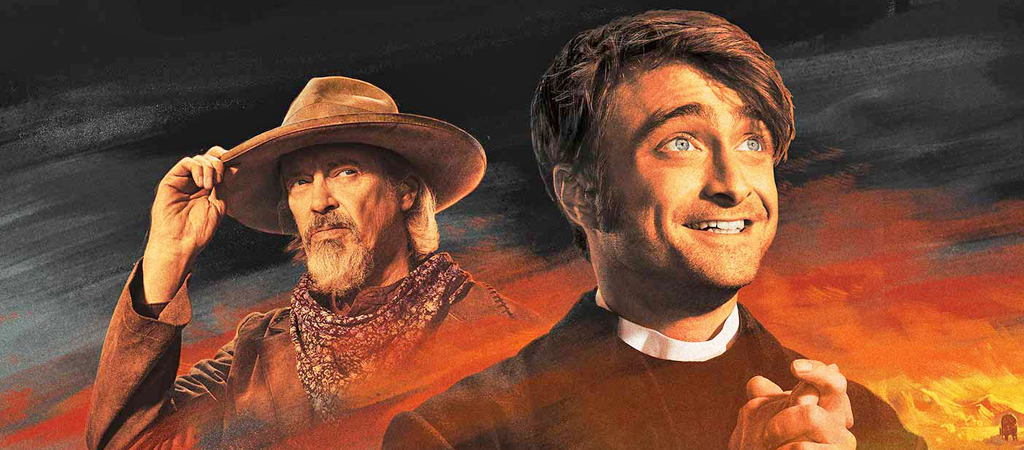
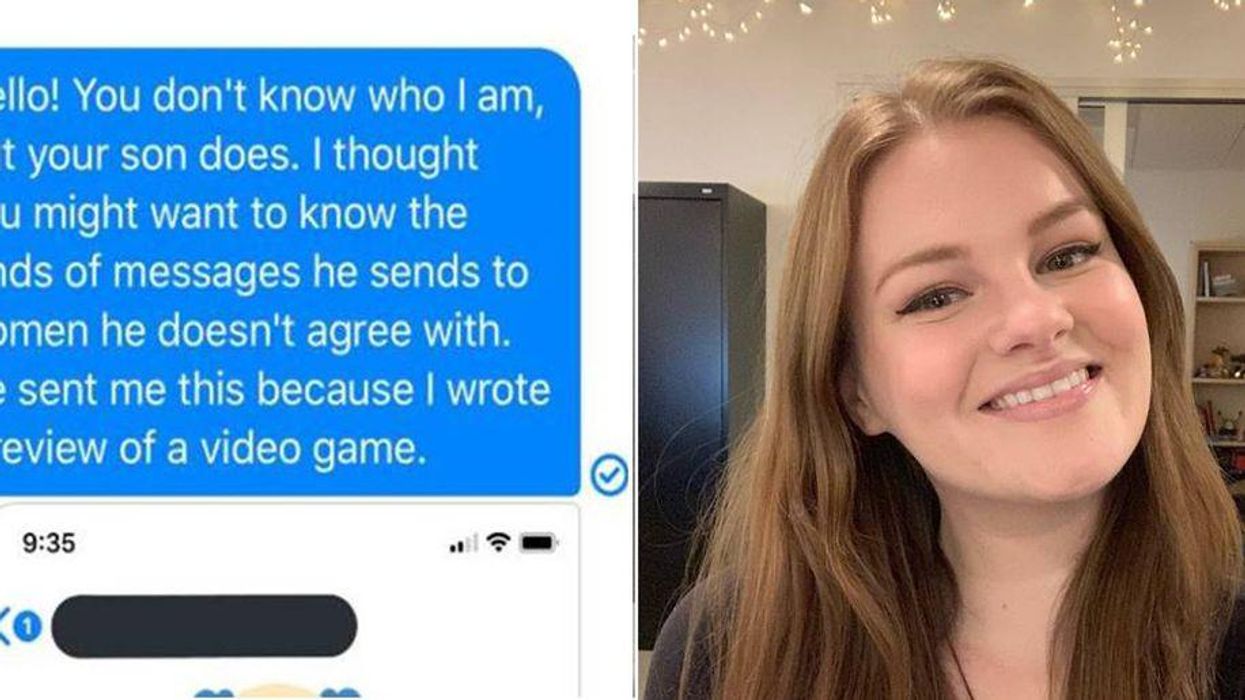




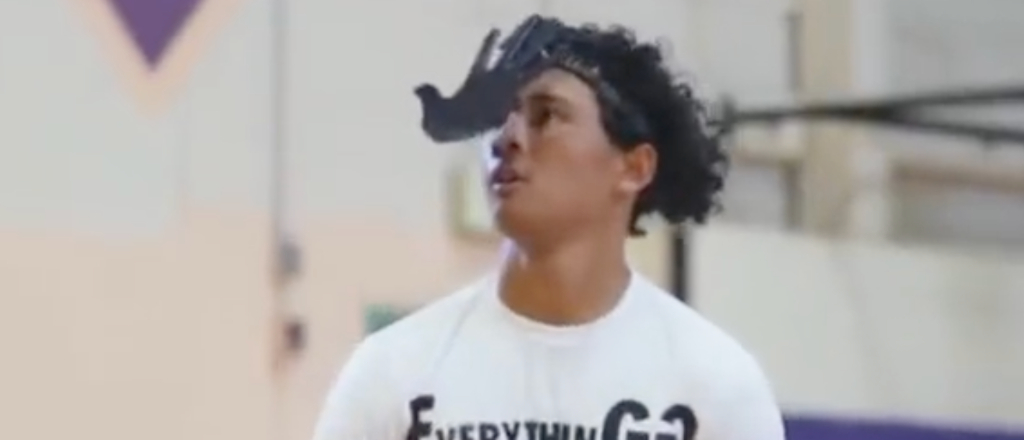


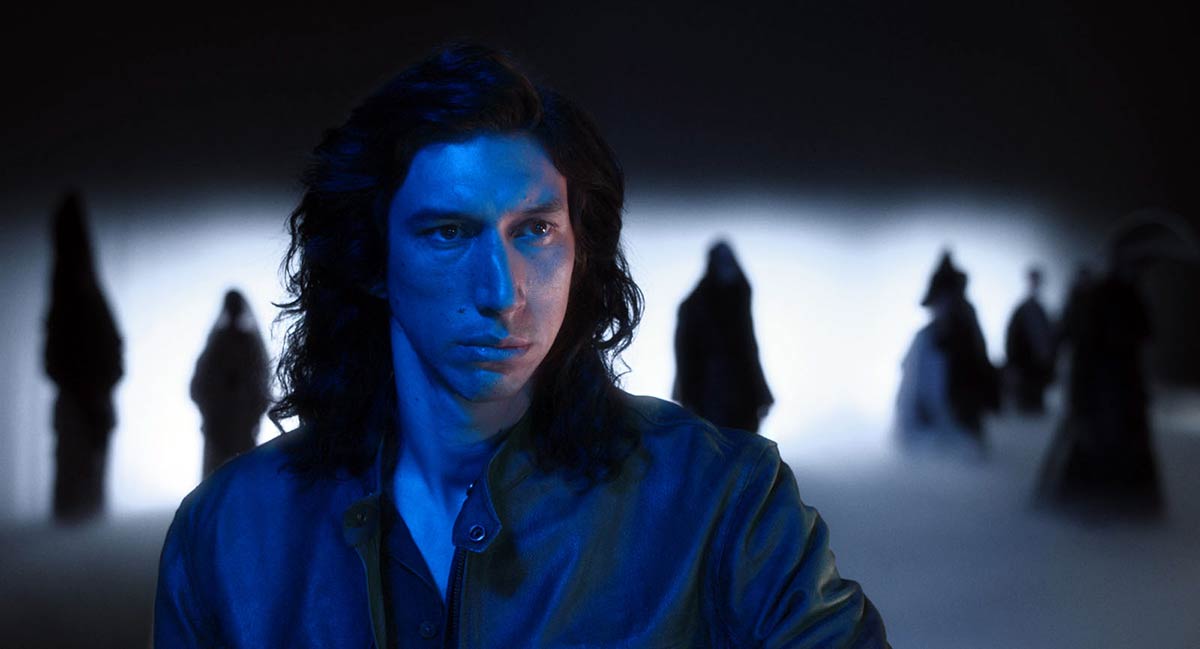

 JenLD
JenLD (@JenLD6)
(@JenLD6)  (@adambsolodriver)
(@adambsolodriver)  (@palesgf)
(@palesgf) 
 (@foesandlovers)
(@foesandlovers) 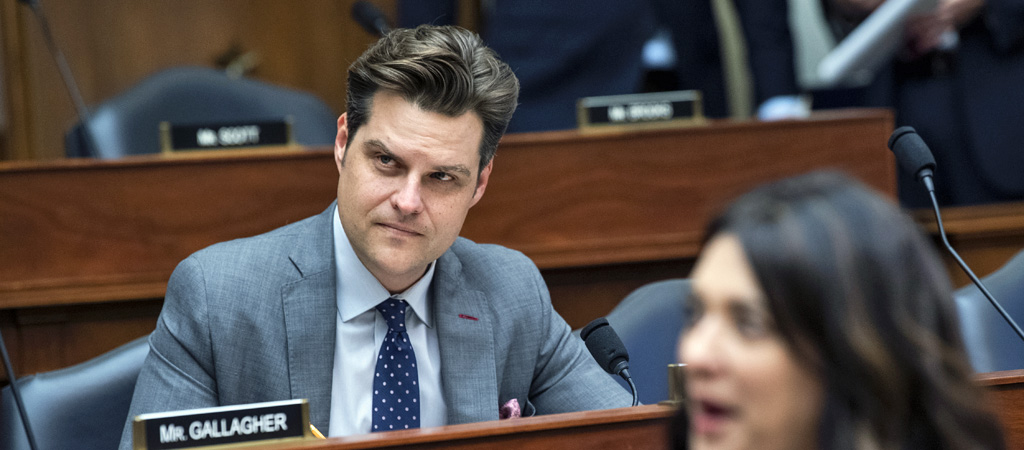

 (@SaltmeadowGroup)
(@SaltmeadowGroup) 
 ( ͡ᵔ ͜ʖ ͡ᵔ )
( ͡ᵔ ͜ʖ ͡ᵔ ) (@manateesb4)
(@manateesb4)